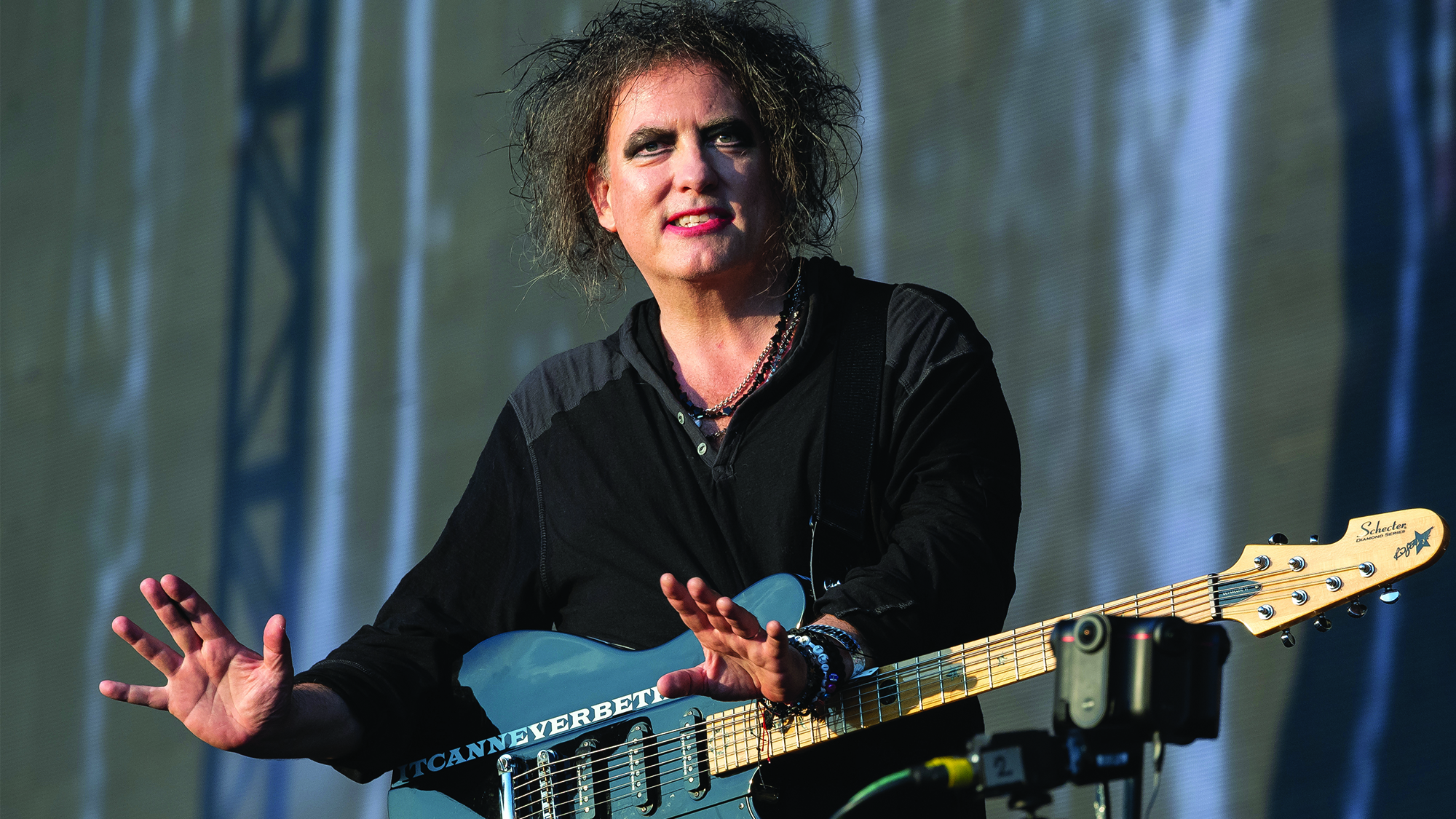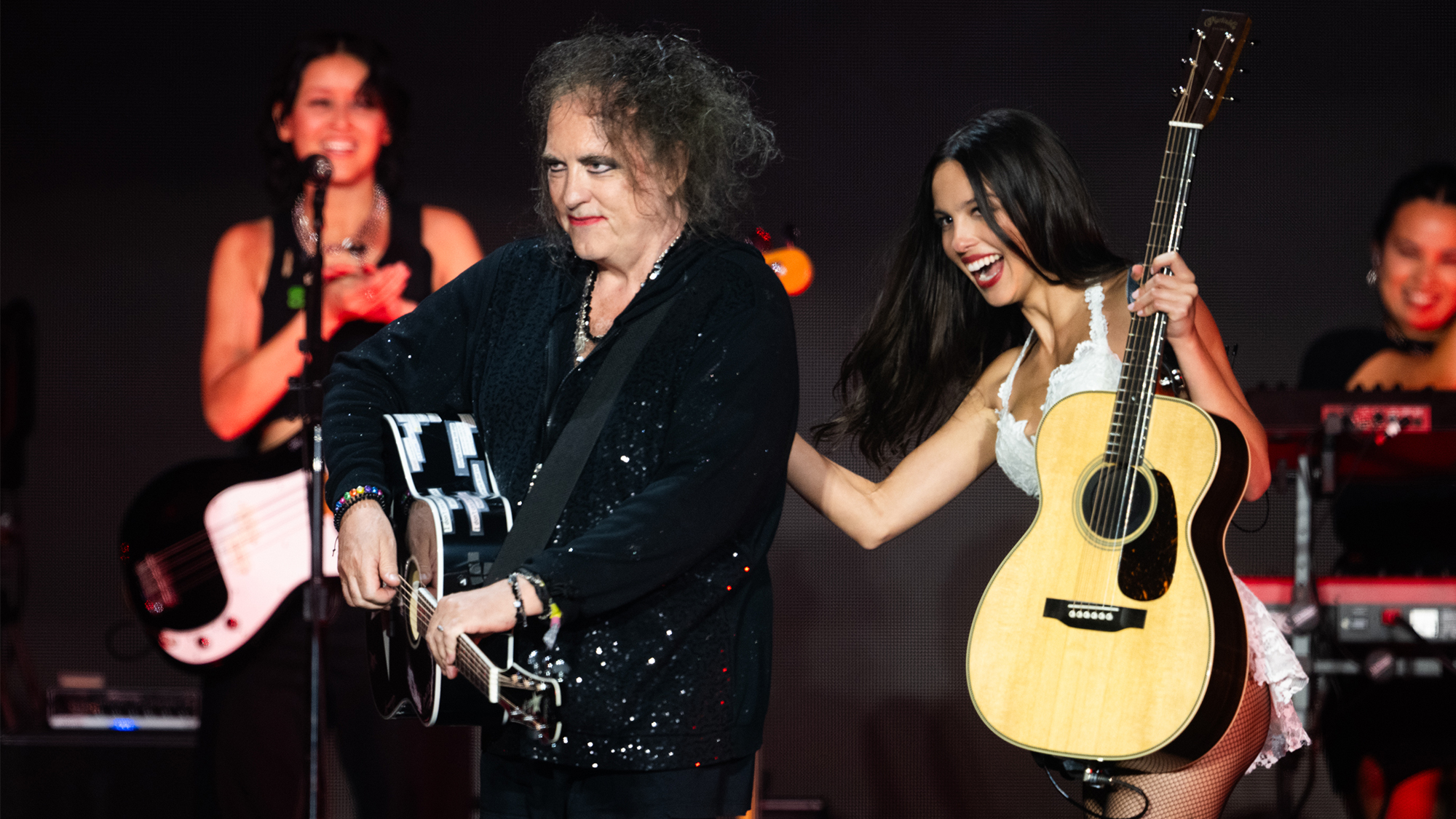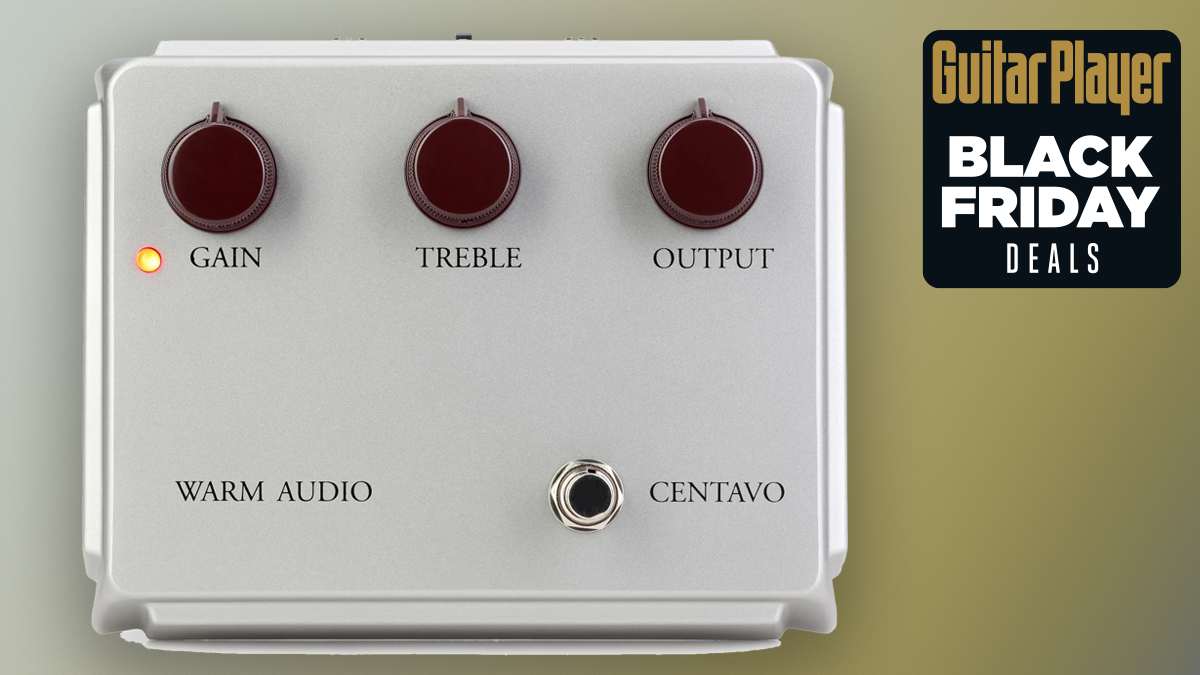“A lot of the things on our record that sound like heavy chorusing are actually just detuned instruments.” Robert Smith explains the simple hack that makes the Cure songs so appealing to the ear
The Cure guitarist continues to inspire new players, as evidenced by his performance with Olivia Rodrigo at Glastonbury 2025

By the time Robert Smith first stepped onstage with the Cure in the late 1970s, the band was already unlike anything else in Britain’s post-punk landscape. Angular and brooding, melodic yet mercurial, the Cure’s sound was built as much on mood as on notes.
And at the heart of it all was Smith’s electric guitar — raw, textural, and often deliberately “wrong.”
As he told Guitar Player in our September 1992 issue, it all has to do with how he hears music — not as technically perfect but as floating in a world where Earth’s physics don’t apply. It’s why he deliberately messes with the pitch of his guitar, sometimes by using modulation pedals, other times by adjusting the varispeed on a tape recorder, or — more likely, and more simply — by detuning his high E string “by a few cents” with his electronic tuner.
“I don't know what it adds,” he said, “but the guitar just doesn't sound quite right to me normally.”
While detuning is a common tool among guitarists looking for heavier or darker tones, Smith has wielded it like a sculptor, reshaping his guitar into something far more individually expressive.
On early albums like Seventeen Seconds and Faith, Smith would often detune his guitar a whole step or more, giving tracks like “A Forest” a ghostly, underwater quality. Rather than add lush overdubs or rely on synths to build atmosphere, he leaned into the natural warble and drift that comes from slack strings and unanchored tuning.
“And the way you play affects the perceived tuning,” he added, explaining that both he and former Cure guitarist Porl Thompson have completely opposite playing styles. “If Porl and I tune together and play the same thing, but he plays hard and I play soft, it will sound completely off.”
All the latest guitar news, interviews, lessons, reviews, deals and more, direct to your inbox!
That sense of fragility became a trademark. Whether it was the jangling melancholy of Pornography or the dream-pop shimmer of Disintegration, Smith’s use of alternate tunings and semi-detuned guitars helped define the Cure’s evolving sound. In the studio, it gave songs an otherworldly tension — chords didn’t resolve in the usual way, and melodies floated oddly above shifting harmonic foundations.
I often defy the tuners. I even change the speed of the tape to detune some parts.”
— Robert Smith
“A lot of the things on our record that sound like heavy chorusing are actually just detuned instruments,” Smith told Guitar Player. “The only drawback to that is that onstage it's very confusing sometimes, especially with a lot of phasing effects going on. It turns into this overwhelming pulsing sound, and you can't hear anything.”
In the studio, however, Smith has more ability to create textures as he pleases. “I often defy the tuners, particularly with keyboard overdubs,” he says. “I even change the speed of the tape to detune some parts.”
This can sometimes have unintended results, such as when he forgot to reset the tape deck’s varispeed control while working on the hit “Friday I’m in Love,” from the Cure’s 1992 album Wish. The song is a quarter-tone sharp, halfway between D and E flat.
“I was playing with the varispeed and forgot to turn it off,” Smith explained. “But the whole feel changed, and the fact that it's the only song on Wish that's not in concert pitch really lifts it out and makes it sound different. After working on the record for months, hearing something a quarter-tone off makes your brain take a step backwards.”
Smith’s aesthetic extends to his gear, as it has from the start. One of his prized studio guitars has been a Fender Jazzmaster fitted with a pickup from a cheap Woolworth’s Top 20 electric guitar, which he says he bought for £20 in 1978.
I was playing with the varispeed and forgot to turn it off. The fact that it's the only song on 'Wish' that's not in concert pitch really lifts it out and makes it sound different.”
— Robert Smith
“I took it in to record our first album, along with a little WEM combo amp,” he says of the Woolworth Top 20. “[Manager/producer] Chris Parry, who was paying for the record, said, ‘You can’t use that!’”
Smith decided to get a Fender Jazzmaster after spotting Elvis Costello playing one on an appearance on Top of the Pops.
“We went out and bought a Fender Jazzmaster, and I immediately had the Top 20 pickup installed in it,” he said. “That really upset Chris. I played the entire Three Imaginary Boys album through a Top 20 pickup.”
It’s a brilliant guitar,” he added, “though I actually bought it because of how it looked.”

While that may upset purists, it’s the reason Smith has been such a unique — and influential — guitarist and continues to shape music today as the Cure carry on with guitarist Reeves Gabrels. For evidence, just look at Smith’s recent appearance with Olivia Rodrigo at Glastonbury — proof that he is a touchstone for today’s newest hitmakers. The news that Smith would perform with Rodrigo moved her lead guitarist Arianna Powell to tears
“Because I'm a huge fan, especially those guitar parts,” she tells Guitar World. “I love, love, love, love, love, love, love the guitar parts, specifically in those songs, specifically 'Friday I'm in Love.' So I was just so stoked to get to actually play that with the artist.”
As Smith himself once said, “I'm not technically a good player, but at least I don't sound like anyone else.”
Elizabeth Swann is a devoted follower of prog-folk and has reported on the scene from far-flung places around the globe for Prog, Wired and Popular Mechanics She treasures her collection of rare live Bert Jansch and John Renbourn reel-to-reel recordings and souvenir teaspoons collected from her travels through the Appalachians. When she’s not leaning over her Stella 12-string acoustic, she’s probably bent over her workbench with a soldering iron, modding gear.


